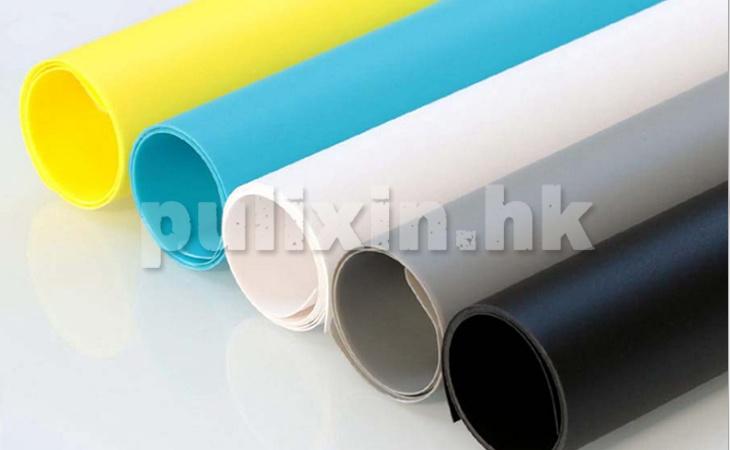История разработки листов ПЭТ

The development history of PET sheets and rolls spans several decades, marked by significant advancements in manufacturing processes, applications, and sustainability initiatives. Below is an overview of the evolution of PET sheets and rolls:
Early Development (1940s-1950s): The development of PET (Polyethylene Terephthalate) as a material began in the 1940s, primarily for use in synthetic fibers. In the 1950s, researchers explored its potential for packaging applications due to its excellent clarity, strength, and barrier properties.
Introduction of PET Sheets (1960s-1970s): During the 1960s and 1970s, PET sheets emerged as a viable alternative to traditional packaging materials such as glass and metal. The introduction of thermoforming and extrusion techniques enabled the production of PET sheets in various thicknesses and sizes, facilitating their use in food packaging, consumer goods, and industrial applications.
Advancements in Manufacturing (1980s-1990s): In the 1980s and 1990s, advancements in PET extrusion technology and additives led to improvements in sheet quality, clarity, and processability. Manufacturers developed specialized PET sheet formulations tailored to specific applications, including rigid packaging, thermoformed trays, and display materials.
Expansion of Roll Form (2000s-2010s): The 2000s saw a significant expansion in the use of PET sheets in roll form, offering greater flexibility and efficiency in packaging production. Roll-fed thermoforming and inline printing technologies enabled seamless integration into automated packaging lines, driving increased adoption in industries such as food and beverage, cosmetics, and pharmaceuticals.
Focus on Sustainability (2010s-present): In recent years, there has been a growing emphasis on sustainability within the PET sheet and roll industry. Manufacturers have invested in research and development to enhance the recyclability and environmental performance of PET materials, including the development of recycled PET (rPET) and bio-based PET alternatives.
Future Trends and Innovations: Looking ahead, the PET sheet and roll industry is poised for further innovation and growth. Emerging trends include the development of high-barrier PET coatings for enhanced shelf-life extension, antimicrobial PET formulations for food safety applications, and smart packaging solutions incorporating RFID and NFC technologies.
In conclusion, the development history of PET sheets and rolls reflects a journey of innovation, from their early beginnings as a synthetic fiber to their widespread use in modern packaging and industrial applications. With ongoing advancements in manufacturing processes and a renewed focus on sustainability, PET sheets and rolls are poised to remain a key material in the packaging industry for years to come.

